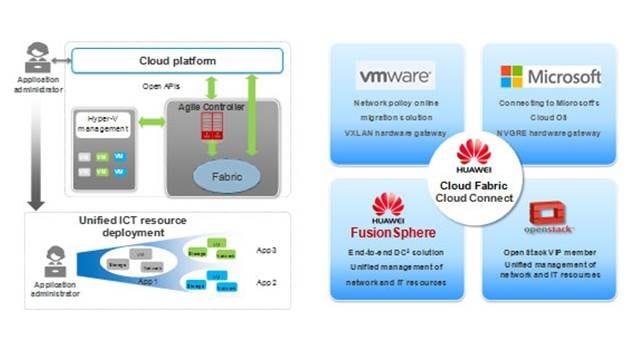Huawei recently announced that it would use the CloudFabric solution to help China Mobile build a private cloud resource pool for data centers in Hohhot and Harbin.
Its aim is to support China Mobile in evolving its traditional IT systems to a centralized cloud computing platform. The Hohhot and Harbin data centers are now ready to support China Mobile's plan for expanding its private cloud resource pools.
In 2016, the Phase-I project for China Mobile's private cloud resource pool was completed. The Phase-II Stage-I project will be much larger in scale. Once completed, this will be the world's largest OpenStack resource pool, claims Huawei.
After the Phase-I project for the Harbin data center completed, Huawei's CloudFabric solution will be deployed again in the Phase-II Stage-I project for the Hohhot and Harbin data centers.
China Mobile mainly uses private cloud to provide cloud-based infrastructure services for its internal IT systems, including business platforms, IT support systems, and other internal systems. China Mobile's existing five private cloud resource pools can hardly meet its increasing demand for resources, making it a pressing need to build a larger resource pool.
Huawei said its CloudFabric solution brings distributed gateways, SDN DCI, and other key technologies, resource network deployment that can be automated to provide high-reliability and high-performance forwarding services for various businesses.




















